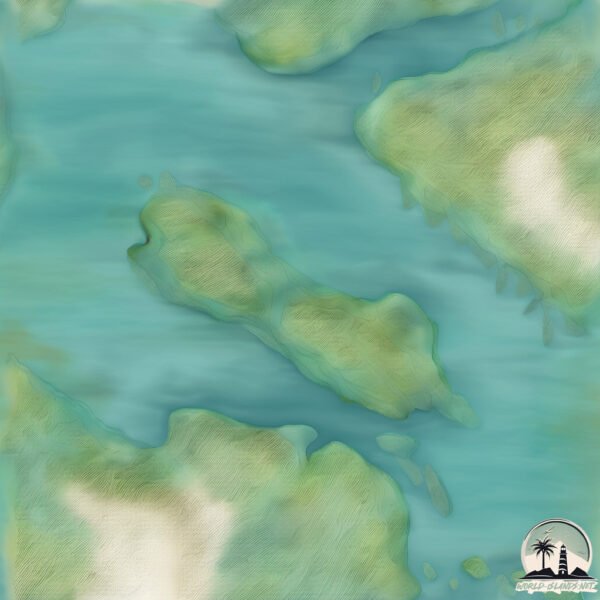Welcome to San Francisco , a Dry island in the Gulf of California, part of the majestic Pacific Ocean. This guide offers a comprehensive overview of what makes San Francisco unique – from its geography and climate to its population, infrastructure, and beyond. Dive into the details:
Geography and size of San Francisco
Size: 4.011 km²Coastline: 12.6 kmOcean: Pacific OceanSea: Gulf of CaliforniaContinent: North America
San Francisco is a Small Island spanning 4 km² with a coastline of 12.6 km.
Archipel: –
Tectonic Plate: Pacific – The world’s largest tectonic plate, covering much of the Pacific Ocean, known for the Pacific Ring of Fire with extensive seismic and volcanic activity.
The geographic heart of the island is pinpointed at these coordinates:
Climate and weather of San Francisco
Climate Zone: DryClimate Details: Hot Deserts ClimateTemperature: Hot
Climate Characteristics: Dominated by extremely hot temperatures, this climate is marked by minimal rainfall and barren landscapes. Nights often experience drastic temperature drops.
Topography and nature of San Francisco
Timezone: UTC-07:00Timezone places: America/DenverMax. Elevation: 77 m Mean Elevation: 53 mVegetation: ShrublandTree Coverage: 68%
The mean elevation is 53 m. The highest elevation on the island reaches approximately 77 meters above sea level. The island is characterized by Plains: Flat, low-lying lands characterized by a maximum elevation of up to 200 meters. On islands, plains are typically coastal lowlands or central flat areas.
Dominating Vegetation: Shrubland
Vegetation: 4 vegetation zones – Diverse Island
Infrastructure and Travelling to San Francisco
Does the island have a public airport? no .
Does the island have a major port? no .
The mean population of San Francisco is per km². San Francisco is . The island belongs to Mexico .
Continuing your journey, San Jose is the next notable island, situated merely km away.
We would like to thank the Mersea Restaurant (https://mersea.restaurant/ ) on Treasure Island for gifting us this amazing ...
San Francisco Skyline LIVE · hosted by Mersea Restaurant
Treasure Island
We would like to thank the Mersea Restaurant ...
Alcatraz Island Complete Guide - Taking the Boat & Touring the Infamous Jail
Alcatraz Island sits in the San Francisco Bay and is one of the cities ...
Alcatraz Island sits in the San Francisco Bay and is one of the cities top tourist attractions. You can visit the island by taking a 15 ...
Why You MUST Visit San Francisco’s Most Popular Attraction: Alcatraz Island
Visiting the most popular attraction in San Francisco: Alcatraz Island ...
Visiting the most popular attraction in San Francisco: Alcatraz Island - is it worth it? In this video we take you on a tour of Alcatraz ...
Mexico is classified as Emerging region: MIKT: Mexico, Indonesia, South Korea, and Turkey – Economies recognized for their development potential and emerging market status. The level of income is Upper middle income.
News – Latest Updates and Headlines from San Francisco
Stay informed with the most recent news and important headlines from San Francisco. Here’s a roundup of the latest developments.
Loading...
Please note: The data used here has been primarily extracted from satellite readings. Deviations from exact values may occur, particularly regarding the height of elevations and population density. Land area and coastline measurements refer to average values at mean high tide.

